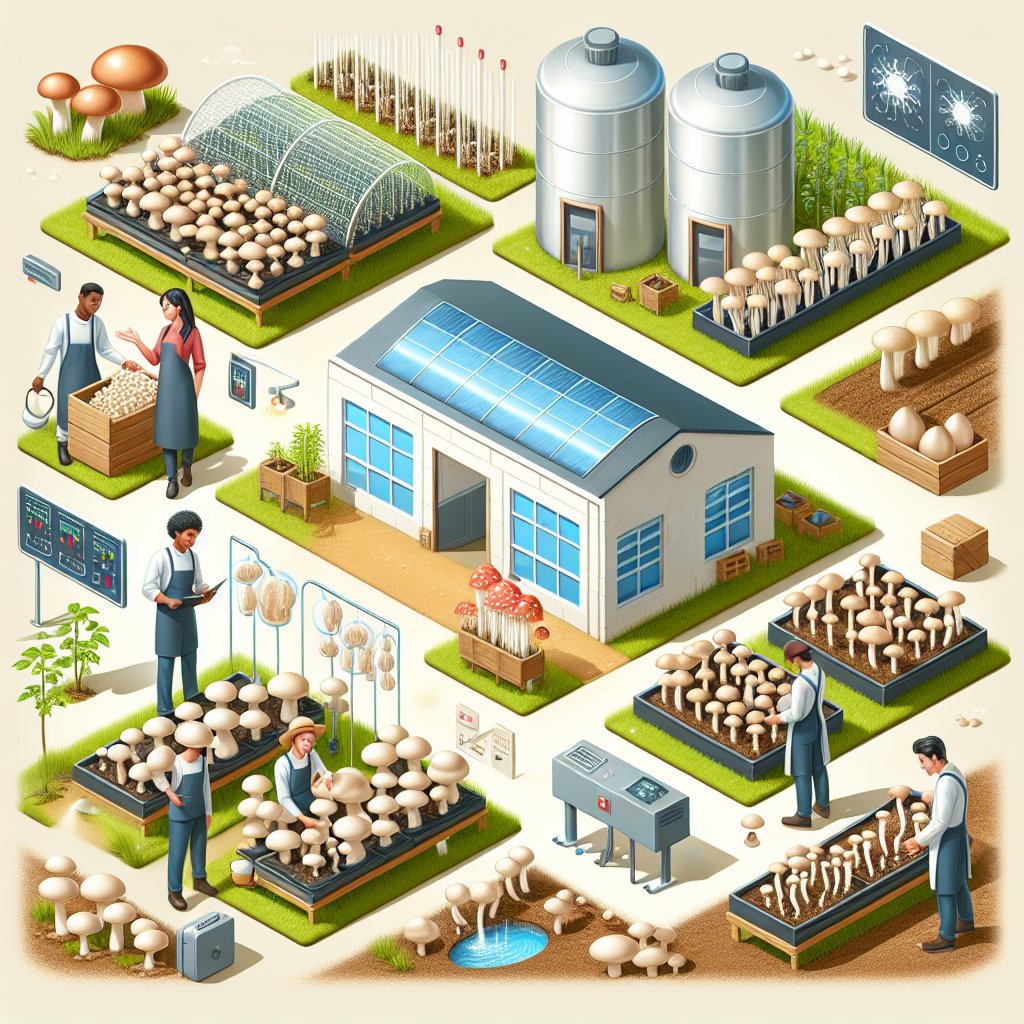Agroforestry systems represent a promising approach to sustainable agriculture, combining the cultivation of trees and shrubs with crops and livestock. This integrated land-use management strategy offers numerous environmental, economic, and social benefits, making it an attractive option for farmers and policymakers alike. By exploring the potential of agroforestry systems, we can better understand how they contribute to biodiversity, soil health, and climate resilience, while also providing economic opportunities for rural communities.
Understanding Agroforestry Systems
Agroforestry is a land management system that integrates trees and shrubs into agricultural landscapes. This practice is not new; it has been used for centuries by indigenous communities around the world. However, its potential as a modern agricultural practice is gaining recognition due to its ability to address various environmental and economic challenges.
There are several types of agroforestry systems, each tailored to specific environmental conditions and agricultural needs. Some common types include alley cropping, silvopasture, forest farming, and riparian buffer strips. Each system involves a unique combination of trees, crops, and livestock, designed to optimize the use of resources and enhance ecosystem services.
One of the key benefits of agroforestry is its ability to improve biodiversity. By incorporating a variety of plant species into agricultural landscapes, agroforestry systems create habitats for a wide range of organisms, from insects to birds and mammals. This increased biodiversity can lead to more resilient ecosystems, capable of withstanding environmental stresses such as pests and diseases.
Environmental Benefits of Agroforestry
Agroforestry systems offer numerous environmental benefits, making them an essential component of sustainable agriculture. One of the most significant advantages is their ability to enhance soil health. Trees and shrubs in agroforestry systems contribute organic matter to the soil, improving its structure and fertility. Their root systems also help prevent soil erosion by stabilizing the soil and reducing runoff.
In addition to improving soil health, agroforestry systems play a crucial role in carbon sequestration. Trees and shrubs absorb carbon dioxide from the atmosphere and store it in their biomass and the soil. This process helps mitigate climate change by reducing the concentration of greenhouse gases in the atmosphere. Furthermore, agroforestry systems can enhance water quality by filtering pollutants and reducing nutrient runoff into water bodies.
Agroforestry also contributes to climate resilience by creating microclimates that protect crops and livestock from extreme weather conditions. The presence of trees and shrubs can moderate temperatures, reduce wind speed, and provide shade, creating a more stable environment for agricultural production. This resilience is particularly important in the face of climate change, as it helps farmers adapt to changing weather patterns and reduce the risk of crop failure.
Economic and Social Impacts
Beyond environmental benefits, agroforestry systems offer significant economic and social advantages. By diversifying agricultural production, farmers can reduce their reliance on a single crop or livestock species, decreasing their vulnerability to market fluctuations and environmental shocks. This diversification can lead to more stable and resilient income streams for farmers.
Agroforestry systems also provide opportunities for value-added products, such as timber, fruits, nuts, and medicinal plants. These products can be sold in local and international markets, generating additional income for farmers and contributing to rural economic development. Moreover, agroforestry practices can create jobs in tree planting, maintenance, and harvesting, supporting local economies and improving livelihoods.
Socially, agroforestry systems can strengthen community ties by promoting collaboration and knowledge sharing among farmers. By working together to implement and manage agroforestry practices, farmers can exchange ideas and experiences, leading to more effective and sustainable land management. Additionally, agroforestry can enhance food security by increasing the availability and diversity of food products, contributing to healthier diets and improved nutrition.
Challenges and Opportunities
Despite the numerous benefits of agroforestry systems, there are challenges to their widespread adoption. One of the main obstacles is the lack of awareness and understanding of agroforestry practices among farmers and policymakers. Many farmers are unfamiliar with the potential benefits of agroforestry and may be hesitant to adopt new practices without clear evidence of their effectiveness.
Another challenge is the need for technical knowledge and skills to design and implement agroforestry systems effectively. Farmers may require training and support to select appropriate tree and crop species, manage interactions between different components, and optimize resource use. Access to financial resources and incentives is also crucial to encourage farmers to invest in agroforestry practices.
Despite these challenges, there are significant opportunities to promote agroforestry systems. Research and development can play a vital role in advancing our understanding of agroforestry practices and their impacts. By conducting field trials and case studies, researchers can provide evidence of the benefits of agroforestry and develop best practices for different contexts.
Policy support is also essential to create an enabling environment for agroforestry adoption. Governments can implement policies and programs that provide financial incentives, technical assistance, and capacity-building opportunities for farmers. Additionally, integrating agroforestry into national and regional agricultural strategies can help mainstream these practices and promote their widespread adoption.
The Future of Agroforestry
As the global population continues to grow and the demand for food increases, sustainable agricultural practices like agroforestry will become increasingly important. By integrating trees and shrubs into agricultural landscapes, agroforestry systems offer a holistic approach to land management that balances environmental, economic, and social objectives.
The future of agroforestry depends on our ability to overcome the challenges and seize the opportunities for its adoption. By raising awareness, building capacity, and providing policy support, we can unlock the full potential of agroforestry systems and contribute to a more sustainable and resilient agricultural future.
In conclusion, exploring the potential of agroforestry systems reveals their significant contributions to sustainable agriculture. By enhancing biodiversity, improving soil health, sequestering carbon, and providing economic opportunities, agroforestry offers a viable solution to many of the challenges facing modern agriculture. As we continue to explore and implement these systems, we can create more resilient and sustainable agricultural landscapes for future generations.



